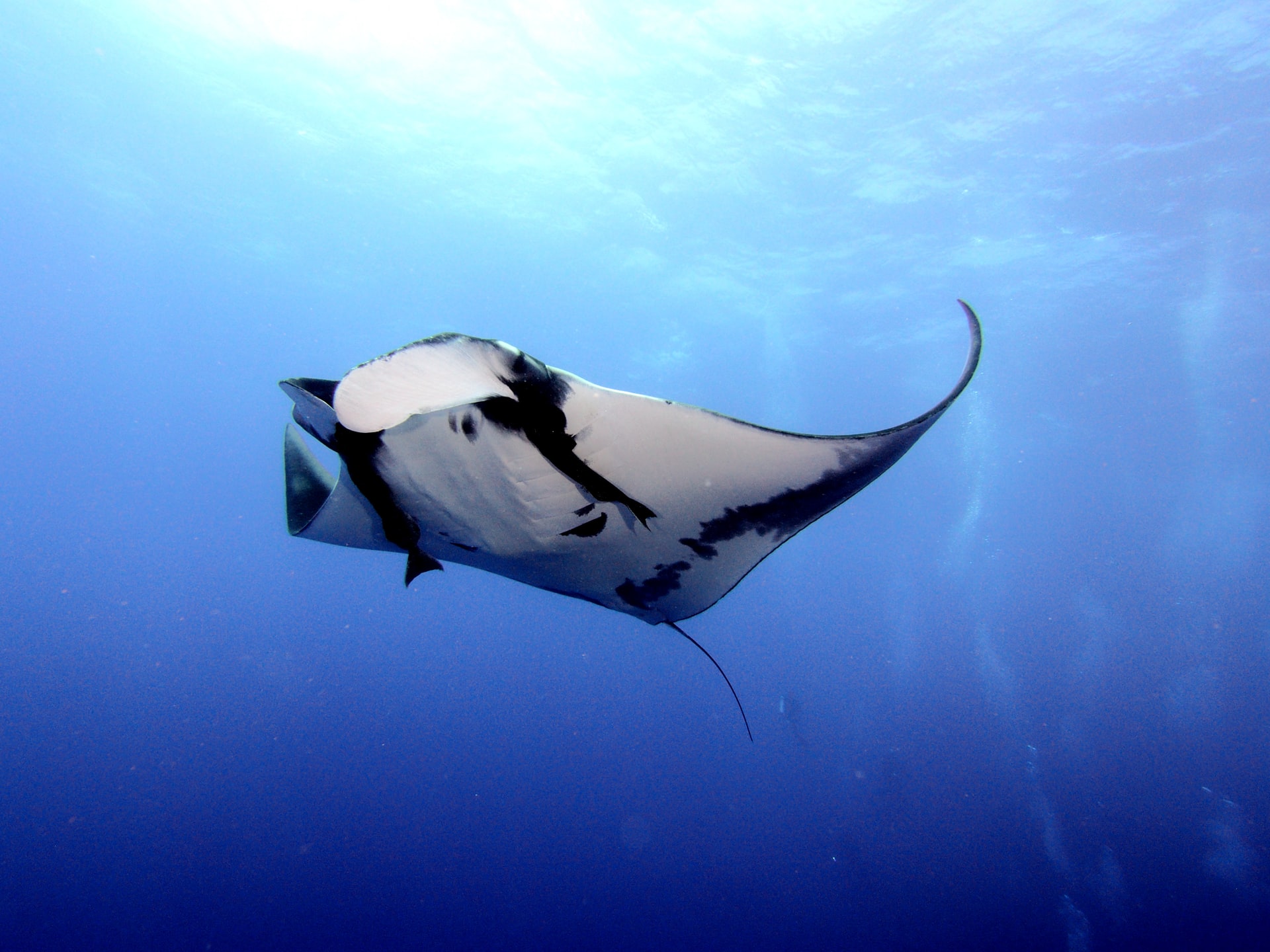Act Natural: Discovering Modern Solutions by Mimicking Nature

Physicist Albert Einstein once said, “Look deep into nature, and then you will understand everything better.” I believe this to be true in all aspects of life. In a literal sense, nature provides us with clean air, sustenance, and medicine. Psychologically, a walk in the woods or along the beach shore has the power to ground you, putting things in perspective and clearing your head of personal strife.
When it comes to seeking solutions to the problems facing our planet, why not look to nature as well? Scientists refer to this thinking as biomimicry. Biomimicry is the practice of learning from strategies and materials found in nature to create solutions for our planet. Velcro might be the most popular example of biomimicry, invented by a Swiss engineer after burr needles stuck to his sock, inspiring him to create his own version of nature’s prickly material.
Let’s explore three more interesting ways in which mimicking nature can protect nature itself.
Carbon Sequestration
Carbon sequestration is our planet’s process of storing carbon long-term, preventing it from entering our atmosphere. This process appears naturally in two forms: Biological and Geological. Biological carbon sequestration is the storage of carbon in grasslands, forests, soils, and oceans, while geological carbon sequestration is the process of storing carbon in underground geologic formations or in rocks.
If nature is already doing this on its own, why can’t we lend a hand? That is exactly what researchers in Iceland discovered this past February.
Don’t let its name fool you, Iceland is completely covered in volcanoes. Looking to these volcanoes, specifically the basalt (volcanic rock) that much of the country’s landscape is comprised of, scientists at CarbFix made a revolutionary breakthrough. Imitating and accelerating the natural process of carbon sequestration, CarbFix pulls carbon from the air, dissolves it into water, and injects that water directly into basalts and other rock formations. Not only does this lock carbon underground, but it also turns it into stone, preventing it from entering our atmosphere for good. Since 2014, CarbFix has turned over 68 thousand metric tons of carbon into stable, non-threatening carbonites.
Termites
Believe it or not, termites are tremendously important to our environment. Vital to the health of our forests, these little guys digest and recycle dead plants and trees, turning them into brand new soil. Best known for being blind and hollowing out the walls of aging homes, you may find it ironic that termites have inspired the design of some of the most sustainable and energy-efficient buildings the world’s ever known.
When termites aren’t chewing through your aunt’s house, they live in skyscraper-like mounds that can reach up to 30 feet high. Seeing this, Zimbabwean architect Mick Pearce was inspired. First termites choose the perfect location to build that will limit their interaction with forces of nature. Then, using a series of tunnels and vent holes, they create a mound capable of withstanding their climate while keeping the interior cool and dry.
Turning to termites for inspiration, Pearce built the Eastgate Centre, a massive shopping mall and office building in Harare, Zimbabwe. By ditching the air conditioning for a passive cooling system that mimics a termite mound, the end result was a building that uses half the energy of any structure its size.
Manta Rays and Basking Sharks
By closely studying Manta Rays and Basking Sharks, researchers at the Hague University of Applied Science in the Netherlands have developed a unique method of cleaning our oceans and rivers. Both species are filter-feeders, meaning they take in large quantities of water, swallow any food particles they find, then expel the water back into the ocean. Mimicking this process, these solutionists developed the Floating Coconet, a uniquely designed, energy-efficient ring system that captures plastic waste in our waterways.
Pulling from their studies of Manta Rays and Basking Sharks, the Floating Coconet uses rows of fins and gills to capture plastic of all sizes, allowing clean water to pass through. These plastics are then removed from the ocean and turned into more Coconets! With this design, Hague hopes to not only remove plastic waste from our waters, but educate those around them to prevent plastics from entering at all.
You don’t need to be Einstein or spend years researching termites to make a positive impact on the world around you. Next time you’re walking the dog or going for a bike ride, think about just how interconnected we are with nature. Think of how nature would handle the problems we’re currently facing. Think of ways you can give back, no matter how small, to this beautiful planet that we’re so lucky to live on.


Leave a Reply